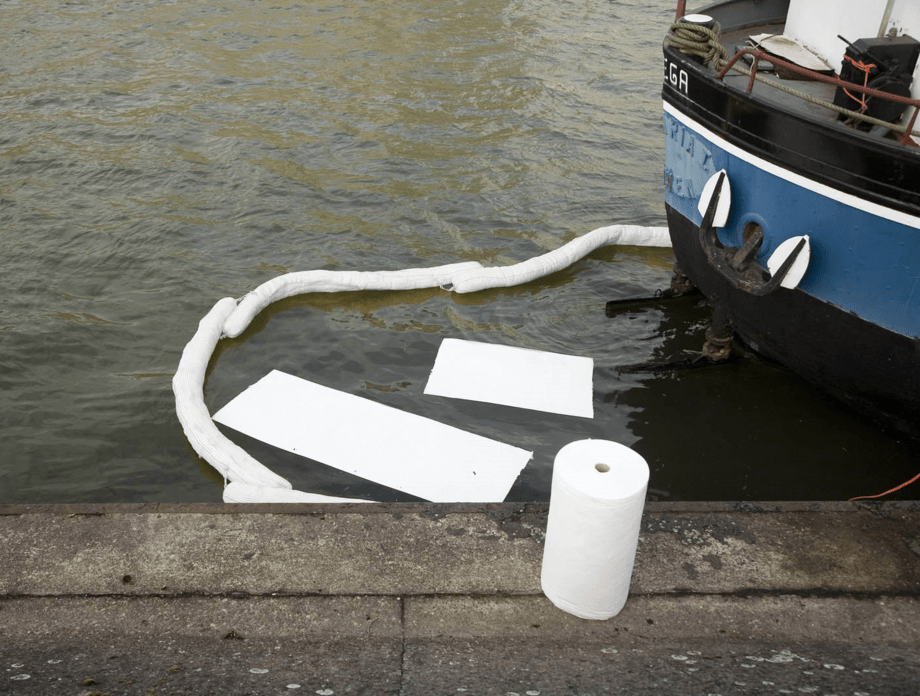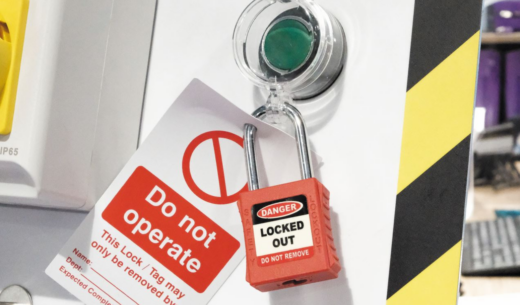The Importance of SPILL Training: Enhancing Safety and Efficiency in the Workplace
In today’s dynamic industrial and corporate environments across the UK and Ireland, the significance of spill (Spill Prevention, Control, and Countermeasure) training cannot be overstated. This specialised training is essential for organisations that handle hazardous substances, ensuring not only regulatory compliance but also the safety of employees, the community, and the environment. In this blog, we’ll explore why spill training is crucial and how it benefits organisations in the UK and Ireland.
What is SPILL Training?
Spill training encompasses a comprehensive approach to managing and mitigating spills of hazardous materials. It includes education on prevention techniques, control measures during an incident, and countermeasures to minimise damage. The training is designed for employees at all levels, equipping them with the knowledge and skills to handle spill-related emergencies effectively.
Why SPILL Training is Essential
- Ensures Regulatory ComplianceOne of the primary reasons for spill training is to comply with UK and Irish regulations. Regulatory bodies such as the Environment Agency (EA) and the Environmental Protection Agency (EPA) mandate stringent guidelines for handling hazardous materials. Non-compliance can result in severe penalties, including hefty fines and legal action. Spill training ensures that employees are aware of these regulations and can adhere to them, protecting the organisation from legal repercussions.
- Enhances Workplace SafetySpills of hazardous substances pose significant risks to employees, including exposure to toxic chemicals, fire hazards, and environmental contamination. Spill training provides employees with the knowledge to recognise potential hazards, understand the properties of the substances they are handling, and implement safe practices. This training reduces the likelihood of accidents and injuries, fostering a safer workplace.
- Protects the EnvironmentHazardous spills can have devastating effects on the environment, contaminating soil, water sources, and air quality. Spill training teaches employees how to prevent spills and respond effectively if they occur, minimising environmental damage. This proactive approach not only safeguards natural resources but also enhances the organisation’s reputation as a responsible and eco-friendly entity.
- Reduces Financial LossesSpills can lead to significant financial losses due to product wastage, cleanup costs, fines, and potential lawsuits. By investing in spill training, organisations can prevent spills from occurring in the first place and ensure that any spills that do occur are managed efficiently. This reduces the overall financial impact and helps maintain profitability.
- Boosts Employee Morale and ConfidenceWhen employees are well-trained and prepared to handle emergencies, their confidence and morale improve. They feel valued and protected, knowing that their employer is committed to their safety and well-being. This positive work environment leads to increased productivity and job satisfaction.
- Promotes Organisational EfficiencyEffective spill training streamlines spill response procedures, ensuring that everyone knows their roles and responsibilities during an incident. This coordinated approach reduces response times, limits the extent of the spill, and accelerates recovery. As a result, normal operations can resume more quickly, minimising downtime and disruption.
Key Components of Effective SPILL Training
- Risk Assessment and PreventionTraining should begin with a thorough risk assessment to identify potential spill sources and vulnerabilities. Employees learn preventive measures to minimise these risks, such as proper storage, handling techniques, and maintenance practices.
- Emergency Response ProceduresEmployees must be trained in detailed emergency response procedures, including how to use spill kits, containment strategies, and evacuation protocols. Regular drills and simulations can reinforce these skills and ensure preparedness.
- Use of Personal Protective Equipment (PPE)Understanding the correct use of PPE is crucial in protecting employees during a spill. Training should cover the selection, use, and maintenance of PPE to ensure maximum protection.
- Communication and ReportingClear communication and accurate reporting are vital during a spill incident. Training should emphasise the importance of timely reporting to supervisors and relevant authorities, ensuring that all necessary information is conveyed for effective response and remediation.
- Continuous ImprovementSpill training should not be a one-time event. Continuous improvement through regular updates and refresher courses ensures that employees stay informed about new regulations, techniques, and technologies in spill prevention and response.
In conclusion, spill training is a critical investment for organisations handling hazardous substances in the UK and Ireland. It ensures regulatory compliance, enhances safety, protects the environment, reduces financial losses, boosts employee morale, and promotes organisational efficiency. By prioritising spill training, organisations can create a safer and more resilient workplace for everyone.









